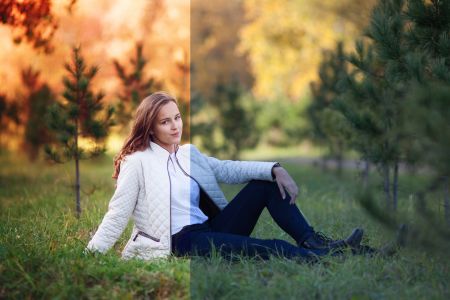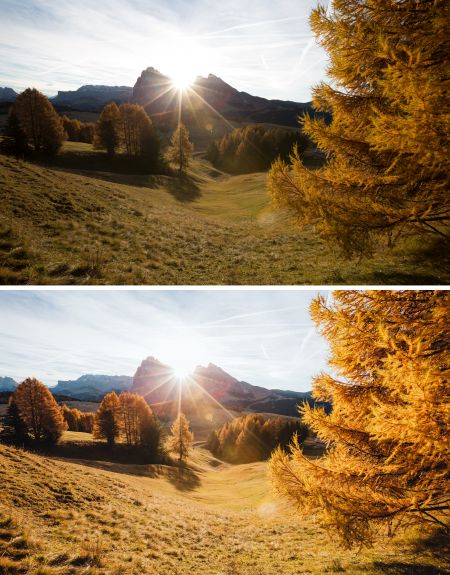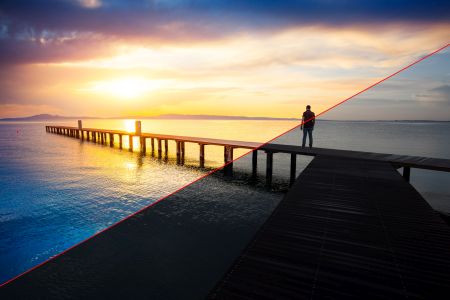Editing images: How to get started
The subject of editing pictures, perhaps you too are skirting around this very subject. At times you have left it alone, because after all, image editing is a science in itself and therefore correspondingly difficult. Certainly, editing images can be difficult and time-consuming, namely when you go into depth with image editing.
However, when it comes to the basics of editing images, it can be said that these are relatively easy to learn and easy to implement. Even beginners can achieve amazing results with just a few tricks.
In this article, we would like to tell you a few tricks of the trade on the subject of image editing that even beginners can implement easily and well.
Post-processing images: Tips to get you started
Shoot in RAW mode
Even before it comes to being able to edit the images, you can lay the foundation for excellent results. And you lay this foundation by taking your pictures in RAW mode.

Organise and manage photos
Our next tip also starts before the actual work step - editing pictures. Because at this point we would like to recommend that you look through your pictures and actually sort them chronologically. In addition, it is advisable to delete all photos that are duplicated or do not turn out well before you edit the pictures.
Straighten and crop photo
The first thing to do when editing images is to straighten the photo and find the right crop. At this point it is worth making sure that the horizon on the image is always straight. Most image editing programmes have guides that help you to straighten the horizon. In this step you can also change the cropping of the picture. You can do this by moving the sides or corners of the photo.
Edit images: Adjusting the white balance
A great advantage of shooting in RAW is that you can set the white balance while you are editing the images. If you want to improve the mood of the image, you can cheat at this point. This is because a warmer white balance gives the image a summer or autumn look, which may give the image a particularly strong expression. A cool white balance, on the other hand, gives the photo a more wintry look.

Change the brightness of the image
While editing images, you also have the option to change the brightness of your photo without the disadvantage of losing too much quality. Using the brightness slider, you can make the entire image appear either lighter or darker.

Many programmes on the image editing market also have additional controls that can be used, for example, to edit only certain areas of the image.
Optimise colours
The optimisation of colours while editing images is a powerful and extensive tool. To explain and describe this tool here in its entirety would go beyond the scope of this article.
What we would like to mention here, however, is that you have the possibility to either increase or decrease the saturation in the course of image processing. The best way to do this is usually via the slider Dynamic.
Highlight the subject with vignette and radial filter
Both filters ensure that only part of the image is processed. The difference is that the radial filter is a straight line and is therefore perfect for editing landscape shots. The graduated filter, on the other hand, is either oval or round and is therefore perfect for editing portraits.
For example, if you want to edit images that show details or portraits, then a light, dark vignette usually achieves a great effect. If, on the other hand, you want to edit pictures that show landscapes, then you should be much more careful and sparing when setting a vignette. Otherwise, the desired expanse in the picture will quickly be lost due to the darkening.
Editing pictures does not have to be expensive
You have only recently discovered the hobby of photography and don't want to spend a lot of money on a special programme to edit your pictures? That doesn't have to be the case. In the meantime, there are several free image editing programmes that are absolutely sufficient for beginners.
Post-process the photo: The way is the goal
It may be difficult to get started when it comes to editing images. However, the first successes will come quite soon and you will notice that the results get better and better with each additional picture.





